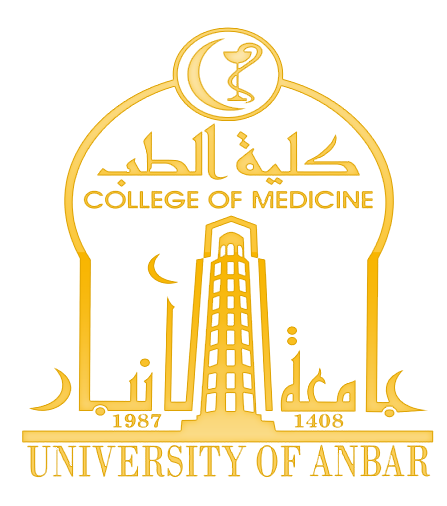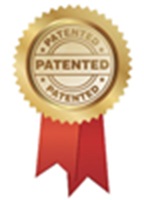Neonatal jaundice
Ammar Mohammed Abdullah (Assistant Professor)
PhD in Pediatrics
Department of pediatrics
Definition
* Yellow discoloration of skin, sclera and mucous membranes in a newborn due to elevated serum bilirubin. Most neonatal jaundice is from unconjugated (indirect) hyperbilirubinemia.
Epidemiology
* Affects ~60% of term and 80% of preterm infants in the first week of life. Mostly benign when physiological, but can progress to neurotoxicity if severe.
Classification
* Physiological jaundice: Onset after 24 hours, peaks by day 3–5 (term) and resolves by 1–2 weeks (term) or later in preterm.
* Pathological jaundice: Appears within 24 hours, rapid rise (>5 mg/dL/day), total bilirubin >95th percentile for age in hours, conjugated hyperbilirubinemia (direct bilirubin >20% of total or >2 mg/dL), or persistent/prolonged jaundice beyond expected time.
* Special types: Breastfeeding-associated jaundice (early) and breast milk jaundice (late, benign, due to milk factors), hemolytic jaundice (ABO/Rh incompatibility, G6PD deficiency), sepsis-related, biliary atresia (conjugated).
Causes
* Increased bilirubin production: Hemolysis (blood group incompatibility, hereditary spherocytosis, G6PD deficiency), cephalohematoma/bruising.
* Decreased clearance: Immature hepatic conjugation (low UDP?glucuronyl transferase), prematurity.
* Increased enterohepatic circulation: Delayed feeding, dehydration.
* Conjugated causes: Neonatal hepatitis, biliary atresia, metabolic disorders, infection.
Clinical features
* Yellowing of skin and sclera; progression head → trunk → feet correlates with rising bilirubin.
* Lethargy, poor feeding, high-pitched cry, hypotonia — concerning for bilirubin neurotoxicity (acute bilirubin encephalopathy).
Evaluation
* Age in hours is essential — use hour-specific nomograms (e.g., AAP/UK charts).
* Measure total serum bilirubin (TSB) or transcutaneous bilirubin (TcB) with confirmation by TSB.
* Obtain fractionated bilirubin (direct vs indirect) if conjugated hyperbilirubinemia suspected.
* Basic investigations as indicated: blood group and Coombs test, CBC/reticulocyte count, peripheral smear, G6PD assay (if indicated), glucose, infection workup if septic features.
* For prolonged conjugated jaundice: liver function tests, ultrasound, and early referral for biliary atresia evaluation.
Management
* Supportive: Ensure adequate feeding/hydration, frequent breastfeeding or expressed milk to reduce enterohepatic circulation.
* Phototherapy: First-line for significant unconjugated hyperbilirubinemia. Indications depend on age (hours), TSB, gestational age and risk factors — follow local/AAP guidelines and nomograms.
* Exchange transfusion: For severe hyperbilirubinemia or signs of acute bilirubin encephalopathy, or when bilirubin exceeds exchange thresholds per guidelines.
* Treat underlying causes: e.g., IVIG for isoimmune hemolysis in some cases, antibiotics for sepsis.
* For conjugated jaundice: investigate and manage underlying hepatobiliary disease; prompt referral for suspected biliary atresia.
Complications
* Acute bilirubin encephalopathy; chronic sequelae (kernicterus) — irreversible neurodevelopmental impairment, hearing loss, movement disorders.
Prevention & follow-up
* Early feeding support, monitor jaundice before discharge and in first 2–5 days (especially if discharge <48 hours).
* Use hour-specific bilirubin nomogram; low threshold for follow-up in preterm or high-risk infants.
* Educate caregivers about signs requiring urgent review (poor feeding, lethargy, high-pitched cry, rapid progression of jaundice).




